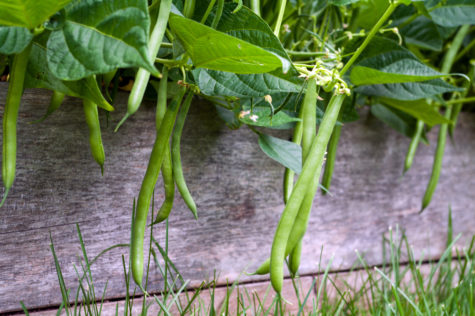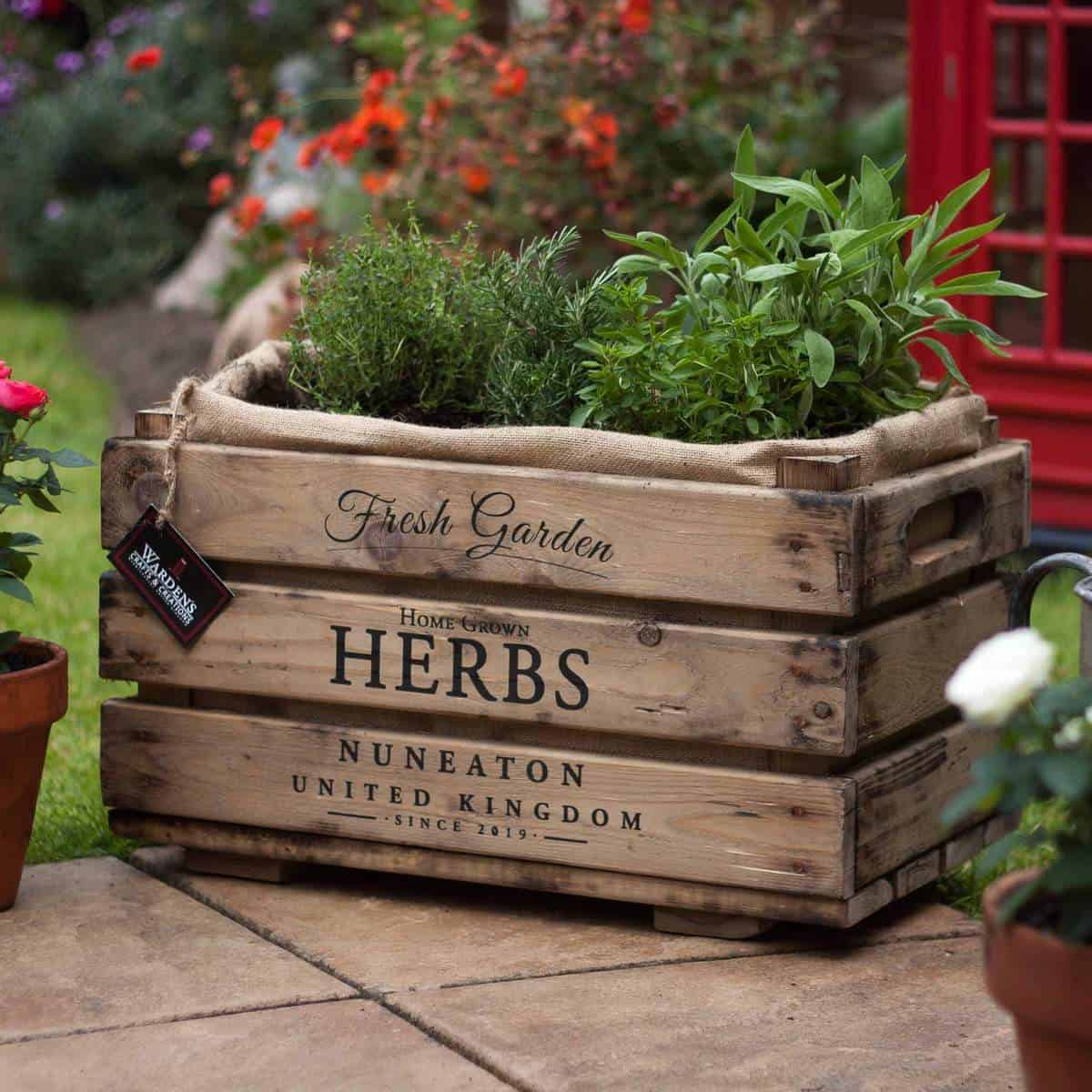The short answer is no. Strawberries don’t climb naturally so they won’t be happy climbing a trellis either. Strawberries actually prefer to spread sideways, when planted at ground level. Gardens centres often sell strawberry supports which you place in the soil to keep the growing fruit off the ground.
Strawberries may have given you the idea that they like to grow upwards because they often drop little mini plants known as runners, which you will see hanging off the edge of the pot or container they are growing in.
If planted up a trellis, you will observe the little strawberries and their tiny roots, as they struggle to find soil. All of this is a waste of plant nutrition and it will affect your strawberry crop. See my instructions below for how to plant these runners in soil.
So a climbing trellis is not ideal but read on to see how your strawberry plants can thrive by understanding just what they need to provide you with juicy red fruit!

With a little TLC your strawberries will thrive. Photo by Justus Menke on Unsplash
What conditions are best for growing strawberries?
Whether they are in pots or in the soil, strawberries are hungry plants and they need extra nutrition right through the growing season and even before.
These fruiting berries need to be cared for as soon as they’re planted because if they feel happy, then they may produce berries that summer, if not they will the following summer.
Best conditions for growing strawberries:
- Soil: the best soil for strawberries is deep, well-drained and full of organic matter and nutrition. In the autumn after harvesting fruit or in March, dig in some well-rotted manure. Do not apply manure together with other fertilisers – they all need time to be absorbed separately.
- Temperature: While strawberry plants are tolerant of frost, snow, and almost anything the weather can throw at them, the flowers are not. They produce their first flowers in spring when the days get longer. Air temperature is important for flowers – it must not fall below 28 degrees Fahrenheit/ -2 degrees Celsius.
- Fertilise in winter to help the plants produce better berries the following summer. You can use:
- Compost: Homemade or shop-bought compost. Dig out weeds and replace with a top layer of compost to nourish your plants.
- Comfrey leaves. This plant is discussed below in the ‘Companion Planting’ section. If you add leaves while planting, they will decompose throughout the season adding calcium, iron, potassium, magnesium and vitamin B12 to the soil.
- Ash – re-use what you have! Do you have ash from a wood-burning stove? If so, spread the ash around the plant in the winter, which will add useful nutrients to the soil. Many experts disagree with me, saying that ash shouldn’t be used, but my experience and picking tells me differently! I have a bumper crop every year I use wood ash. So try it and let me know if this works for you.
- Eggshells. Save your eggshells and allow them to dry well. Then crush them into little pieces. These are unpleasant for slugs and snails to crawl on and they will add essential nutrients to the soil.
4. Weeding: Next, weed out perennial weeds such as dandelions and couch grass, these just steal the goodness from your soil. Watch out for baby strawberries on long runners. These are the new plants and will try to root wherever they land.
5. Water: Your plants will be watered by rain during the winter but if the spring is dry, give them a watering twice a week. When your plants start to produce fruit, keep watering twice weekly or whenever the soil feels dry. Bigger, juicier strawberries will be your reward!
Tina’s TIPS
- Planting runners: These baby plants are Nature’s way of propagating. The parent strawberry produces a long, white line with a tiny strawberry plant at the end, which will root into the ground at a suitable distance from the mother plant. The plant tries to produce many runners, to ensure that their babies root far away from their own soil and the length of the runner is the ideal planting distance, as decided by the plant itself.
- Fill a little pot with soil big enough for the root ball.
- Fix the roots into these, leaving the connection to the mother plant intact.
- After a week or two, check to see if the roots have taken.
- Once they have grown their own roots, cut the connection to the parent and they will thrive on their own. Continue to water as usual.
- Pot these runners in a bigger pot as they increase in size or you can place them in the ground, at a suitable distance from their relative. Use the runner length as a guide.

Planting strawberry runners; credit: Shutterstock
2. Grass cuttings: Keep grass cuttings and place your fruit on these. This is the traditional method of helping ripening fruit to go red while suppressing weeds at the same time. Think of their name: STRAW berries. It also protects them from slug damage and is an easy way for you to protect the fruit and easily spot the fruit which is ripe.
By the way, if you grow other fruit, many of these also adore a sprinkling of wood ash: e.g. raspberries and cherry trees.
What plants grow well beside strawberries?
Companion planting is placing two plants side by side, which enjoy the same conditions and soil. Your strawberries will benefit from having certain flowering plants nearby which attract useful insects and repel the ones you don’t want.
Borage and sage are both good friends for strawberries. Their beautiful blooms bring in multitudes of pollinating insects, including bees. These are exactly what you need to pollinate the strawberry’s delicate white flowers, which then become your precious fruit.

Borage flowers; credit: Shutterstock
Borage also repels damaging insects for strawberries and you can eat the pretty blue flowers. Some gardeners add them to cocktails to add a dash of blue on a summer evening! The strong scent of sage is stronger than the gorgeous smell of ripening strawberries so pests like slugs do not even get a whiff of your tasty fruit!
Comfrey is a great plant to grow near strawberries. Its beautiful flowers are adored by bees and pollinators but its leaves are so useful!

Comfrey flowers; credit: Shutterstock
- You can dig the leaves directly into the soil as you plant, where they will add nutrients as they decompose throughout the growing season.
- You can make comfrey liquid feed by adding leaves to water, allowing it to mix for 4-5 days then add this to your watering can to feed the strawberries. In fact, gardeners use it for tomatoes, cucumbers and other hungry plants so it is a useful feed for many plants in summer.
- Finally, add a mulch of comfrey leaves around your plants, which will prevent weeds while adding goodness. What’s not to like?
When do strawberry plants produce fruit?
There are strawberries that fruit early, some that fruit mid-season and late-ripening strawberries so you can grow different varieties and get a bumper crop of this delicious fruit for several months.

Save this pin for later






